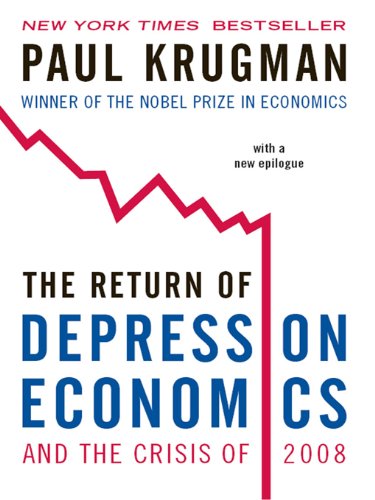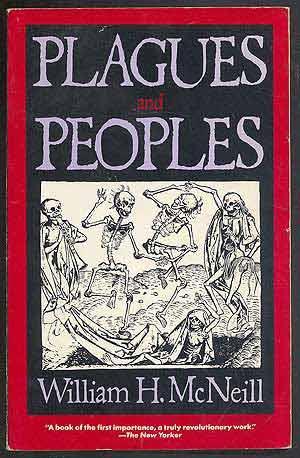Permanent Record, Edward Snowden, Metropolitan Books, 2019, pp. 336, ISBN978-1-250-23723-1
When Edward Snowden divulged to journalists in Hong Kong that the US is spying on its citizens and the world through mass surveillance programs, the public was enraged, while the offending government went on the defensive, seeking to discredit him. Two weeks following the publication of the first article by the UK’s Guardian newspaper, the Justice Department charged Snowden with three felonies, each carrying a potential prison term of up to 10 years on each count, or as Snowden tells, each document. Barack Obama went on to question his loyalty to the US, while Hilary Clinton called him a traitor who leaked sensitive counter-intelligence information about the enemies of the US and thereby compromised its defence. Donald Trump, at the time and in a tweet, of course, suggested Snowden be executed; a statement Mike Pompeo, who was Trump’s pick to head the CIA, wholeheartedly agreed.
In Permanent Record, Snowden tells a story of how a smalltown Beltway boy, whose family was deeply rooted in the American intelligence and military community, came to have a target placed on him by the world’s most powerful country. In clear and entertaining prose, that at times reads like a spy thriller, Snowden has laid bare his life and the decisions that led him to disclose information about the unfettered access the US government had to the data belonging to the people in the country and around the world. What may seem like a gratuitous and self-seeking action to some, Snowden contextualizes and shows that it was a product of great psychological and physical distress. Once he had come across documents revealing the full extent of surveillance mechanisms, Snowden had his first bout of epilepsy, a condition he inherited from his mother. As he describes, he was troubled by his findings for an extended period, which had caused him depression and his relationship to suffer. While on medical leave from work, incapacitated by his findings, he did install a Tor server in his garage and offered it to the protesting Iranians who had had their internet access cut off by the government. In both instances, and evident in other episodes recounted in the book, Snowden placed the interests of the public and the collective before his own.
Snowden’s transformation into a public technologist was, however, a long time coming. At the mature age of 12, he hacked the system of Los Alamos National Laboratory, the country’s nuclear research facility, to expose its security weaknesses. He immediately reported the problem, in a true techie way, by sending an explanatory email to the laboratory’s webmaster who called back to thank him and offer him a job.
Snowden had effectively grown up with technology, coming of age parallel to the development of computing. His family’s first desktop computer, Compaq Presario 425, and a stable internet connection allowed Snowden to develop his skills online, at the behest of his official schooling, and much to the annoyance of his teenage sister. Balancing his schoolwork and his commitment to a budding hacker scene online was resolved in favour of the latter when a bout of mononucleosis confined the young Snowden to the house. In lieu of repeating his grade, Snowden enrolled a community college and completed his GED and went on to design websites with his classmate from the community college.
9/11 was a turning point for many Americans, Snowden included. Initially supporting the war effort, Snowden sought to fuse his computer skills with his emerging patriotism and serve in the military. An injury prevented him from completing the special forces training and steered Snowden in a different direction, one solely making use of his affinity to computers. With the highest security clearances obtained, Snowden firmly anchored himself in the intelligence community.
Aside from retelling his life story, Permanent Record analyzes the intelligence community and the broader society in general. He explains the growing privatization of the war effort in the US following 9/11, and the rise in private contractors doing the work of the government. His first forays in the IC were as a contractor, working the night shift at the Center for Advanced Study of Languages, an NSA established outfit at the University of Maryland. Then came COMSO and the desire to replace his contractor badge and a higher salary with a government-issued badge and a lower salary. In a telling episode about how the government treats its employees, he recounts his training on the hill, an area designed to train newly admitted operatives. Housed in a dilapidated and repurposed motel, the trainees slept in dirty and bug-infested rooms and ate cereal for breakfast, with no overtime pay nor family benefits they were initially promised. When Snowden, at the insistence of his fellow operatives, stepped forward to inform those higher up the chain about the misdeeds, he was promptly reprimanded for stepping out of line. In an episode similar to the time when Obama went on stage to claim that the administration was in the process of reevaluating its surveillance strategies at the time Snowden went public with his information, his higher-ups said that they were also just in the process of tidying up. Rather than dealing with the issues raised, both focused on “insubordination and the chain of command.”
Nevertheless, upon graduating, Snowden went on to serve in Geneva and Tokyo, before returning home. In his episodes working intermittently for the CIA and the NSA, he describes the differences between the two agencies, in terms of technologies, capabilities, work culture, and security of its operations. So while the NSA invests heavily in its technology, it safeguards it poorly, whereas the CIA focuses on keeping its secrets to the point that one files an official document if they fail to lock the bathroom door upon leaving it. It was while working at the NSA’s Pacific Technical Center inside the Yokota Air Base that Snowden first came to realize that the US engages in mass surveillance of its citizens. It was by mistake that Snowden discovered STELLARWIND, a bulk collection initiative began in 2001 and authorized by executive order under the title of President’s Surveillance Program, which allowed for the collection of telephone and Internet records of American citizens and those communicating with them from abroad. This data could, in turn, be stored permanently. Later, while in Hawaii, he would come across a FISA court order which obliged private companies to turn over its customers’ private information to the federal government, which proved to be the rationale behind the PRISM program and upstream collection. Both enabled the NSA to gain access to consumer information across platforms, both stored and while in transit, with programs such as TURBULENCE and TURMOIL. This access allowed the agency to gain control of the network of a particular user and have access to their files. Programs such as XKEYSTORE allowed the agency to search “nearly everything the user does on the Internet.” A harrowing episode Snowden describes involves men in one of the teams going through intimate photos of ex-girlfriends.
In Part Three, the thriller starts when Snowden decides to become a whistleblower. He describes the process of storing relevant information, choosing which territory to go to and which journalists to talk to. He chose Hong Kong because it was a relatively neutral territory with a history of protest. He opted for Laura Pietras and Glenn Greenwald because of their journalistic integrity and erudition, over the New York Times, which had a history of consulting with the government over whether the information it publishes would harm national security, thereby giving the government the upper hand. Most importantly, he explains how he ended up in Russia, a fact often cited by government officials to discredit him. The goal had been to travel to Ecuador, as the only country at the time willing to stand up to the US and a country already protecting one whistleblower, Julian Assange. Assisted by other journalists, human rights lawyers and migrant workers in Hong Kong, Snowden embarked on a journey that would have taken him from Hong Kong to Moscow to Havana to Quito. Had his passport not been cancelled mid-air to Moscow, he might have ended in Quito. His stay in Moscow has more to do with the government of the US than his own decision. He even rejected overt attempts by FSB agents to recruit him. And so, Snowden’s long sojourn in Russia began, albeit with his girlfriend who he had since married.
On June 2, 2015, a day after the infamous Patriot Act expired, Obama signed the US Freedom Act into law, which mandated an end to the bulk collection regime. While companies are still required to hand over consumer data upon the request by the government, this happens on a case by case basis after the approval of the FISA court. Snowden’s actions did bring about change. Yet, the week the book was set to appear, the US government sued Snowden, alleging that he violated the non-disclosure agreements he had signed with the NSA and the CIA. He had appealed for pardon in 2016, but his calls went unheeded. With Trump in the White House, Snowden will likely remain in exile in Russia.
The mass surveillance program that Snowden uncovered sheds light on the disconnect between the development of technology and the development of law aimed to protect the citizens from its advance. The law lacks behind, which leaves ample space for data to be exploited and citizens’ rights to privacy to be trampled upon. While government spying programs may have been curbed, the rise of the smart machine lets corporations exploit data for profit and effectively turn the consumer into the product. Snowden made a step in the right direction, but others must continue marching.




